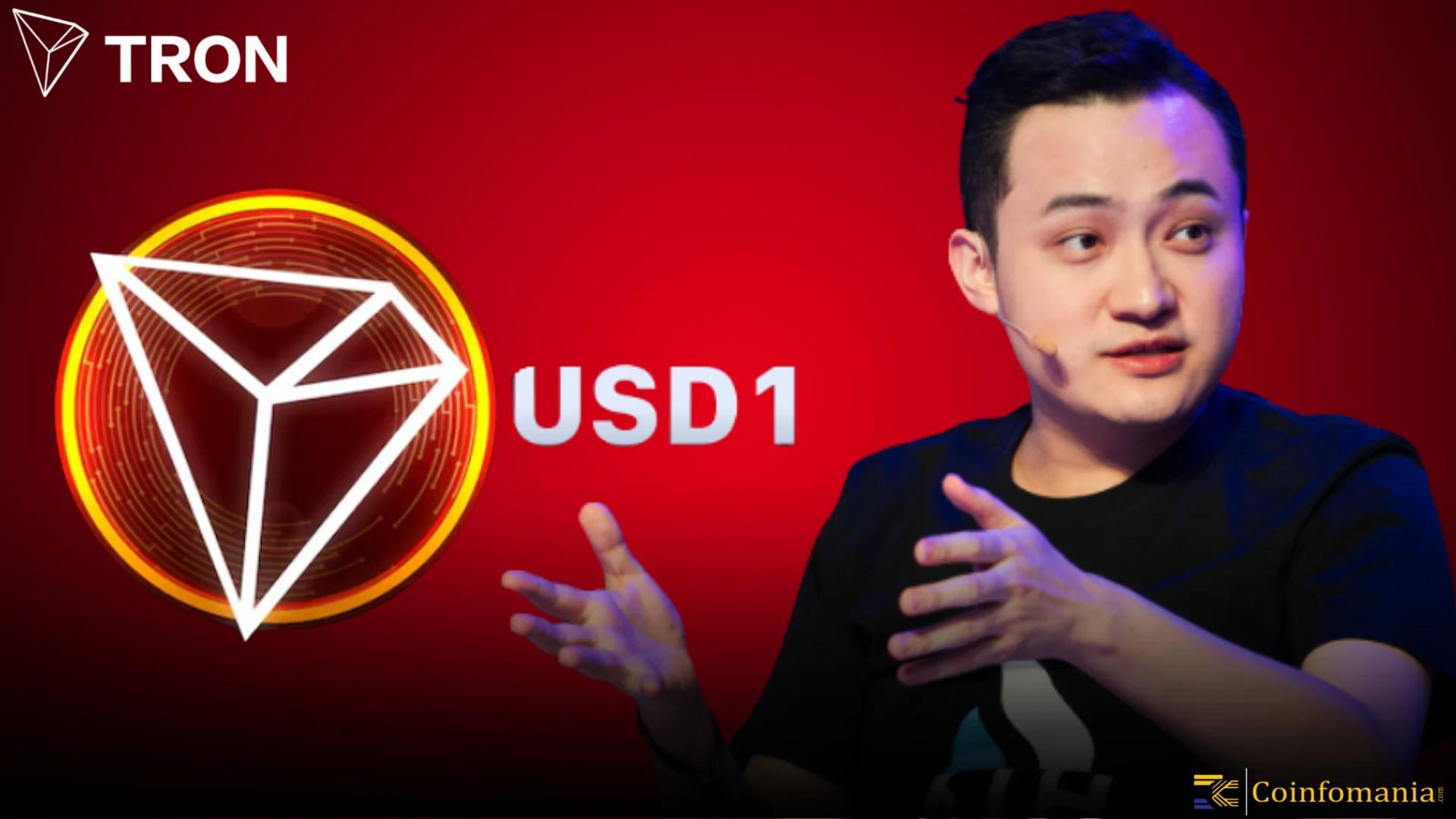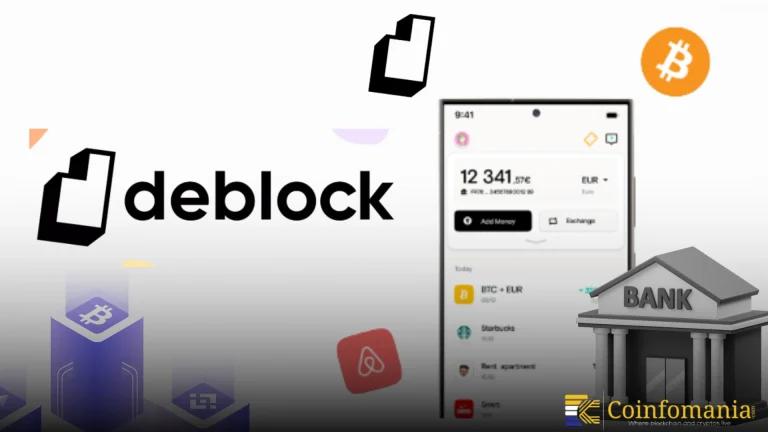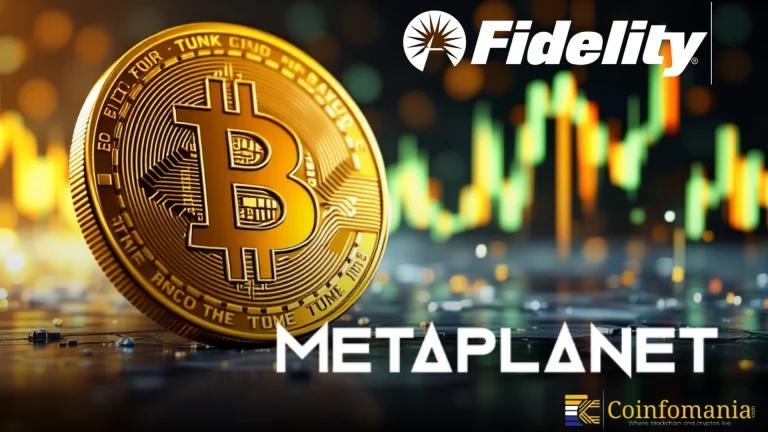Justin Sun Announces First USD1 Stablecoin Minted on TRON
Justin Sun has announced the first minting of USD1, a new TRON-native stablecoin. This move signals TRON’s deeper push into decentralized finance and stablecoin independence, raising questions about adoption and regulatory clarity.

Quick Take
Summary is AI generated, newsroom reviewed.
Justin Sun confirms the first USD1 stablecoin has been officially minted on the TRON blockchain.
USD1 marks TRON’s entry into the native stablecoin space, potentially reducing reliance on third-party assets.
Details around USD1’s reserve model and cross-chain expansion remain unclear.
The launch reflects TRON’s broader ambition to become a self-contained financial ecosystem.
“A small step for USD1, a giant leap for stablecoins!” read the tweet posted by Sun just minutes after the minting. Accompanied by a link to the minting transaction on TRONSCAN—the blockchain’s official explorer—the message signals the birth of a new decentralized dollar directly issued on the TRON chain.
While details around the full rollout or backing mechanism behind USD1 remain limited, the symbolic first mint has sparked conversations about how TRON intends to position USD1 among competing stablecoins such as USDT, USDC, and the algorithmic models seen in past cycles.
What Is USD1 and Why Does It Matter?
USD1 is being introduced as a TRON-native stablecoin—a cryptocurrency pegged 1:1 to the US dollar, aiming to provide users with fast, low-cost transactions while minimizing volatility. Unlike earlier iterations of algorithmic stablecoins, which often failed due to flawed backing systems, USD1 appears to lean toward a collateral-based model, though this has yet to be confirmed in technical documentation.
Stablecoins have become essential infrastructure within the blockchain ecosystem, facilitating everything from trading and payments to DeFi protocols and remittances. With the introduction of USD1, TRON is likely seeking to strengthen its footprint in this sector by offering a homegrown, seamlessly integrated option.
TRON’s Role in the Stablecoin Ecosystem
TRON already plays a significant role in the stablecoin economy. It hosts billions of dollars worth of Tether (USDT) on its network, largely due to its low fees and high throughput. The minting of USD1 adds a new layer to this narrative—possibly reducing reliance on third-party issuers and enhancing on-chain stability.
Given Justin Sun’s prior efforts to innovate around crypto-backed financial products—including ventures in decentralized finance, tokenized assets, and cross-chain interoperability—the launch of a proprietary stablecoin feels like a natural progression. It may also reflect broader ambitions: controlling monetary primitives within a self-contained blockchain economy.
Regulatory Caution and Next Steps
Despite the milestone, regulatory questions linger. The stablecoin space is under increasing scrutiny from U.S. and global authorities. For USD1 to gain broad adoption, transparency around its reserve backing, issuance policies, and legal compliance will be critical.
There’s also the question of interoperability. Will USD1 remain exclusive to TRON, or will it expand to Ethereum, BNB Chain, and other networks? Cross-chain liquidity could be key to its success.
Conclusion: A Symbolic First Mint, and a Strategic Signal
The first mint of USD1 on TRON is less about the number and more about the signal it sends: TRON is building toward a future where core financial instruments live natively on its blockchain. While USD1’s practical utility is yet to be tested, the strategic move reflects both confidence in TRON’s infrastructure and a deepening focus on financial sovereignty within blockchain ecosystems.
Follow us on Google News
Get the latest crypto insights and updates.


